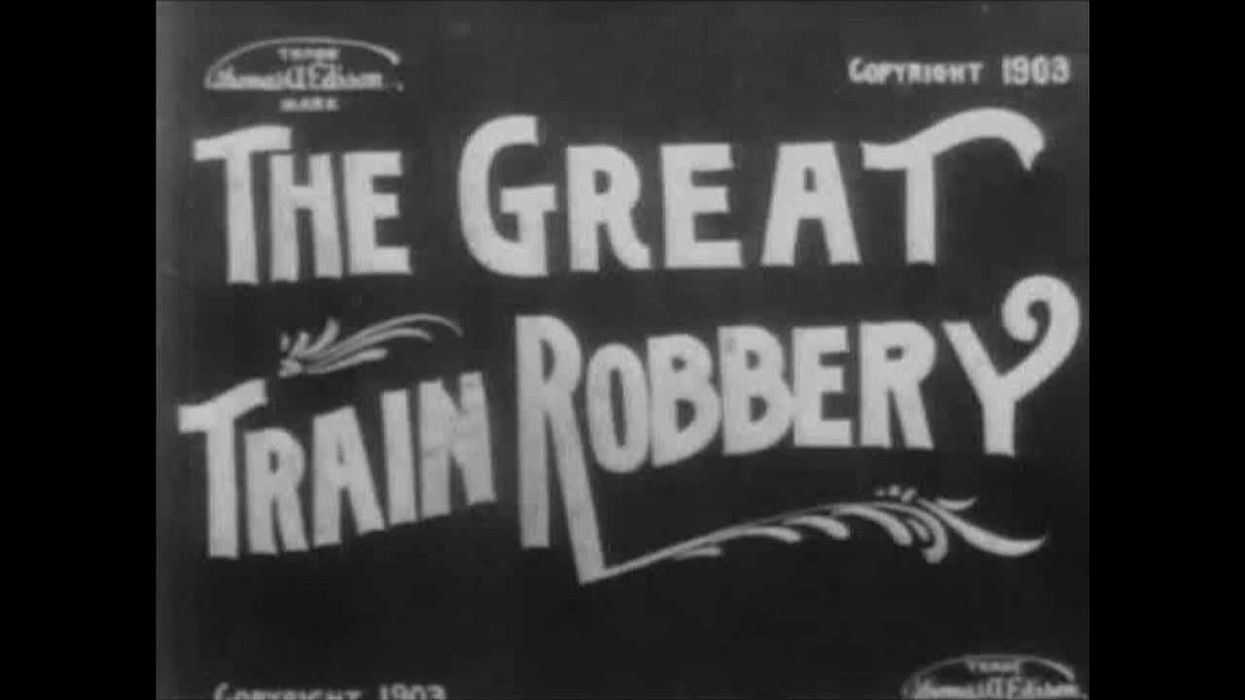The 1903 Movie 'The Great Train Robbery' Changed Cinema for All Time
Knowing cinema history allows you to understand why things happen the way they do today.

Have you ever wondered why we shoot movies the way we do? Or why storytelling is done the way we see it in every modern movie?
Well, the roots of the art are in old Hollywood. Like, really old Hollywood. Actually, before Hollywood even began. Back when people were using the first cameras ever invented. One of the first movies ever made was The Great Train Robbery. It's a 1903 American silent Western film made by Edwin S. Porter for the Edison Manufacturing Company.
This movie was made before the title of "director" ever existed, so Porter is credited as "supervising" the motion picture. After making the movie, the Edison company did something no one else had ever done before...
Check out this video from Toni's Film Club, and let's talk after.
The 1903 Movie The Great Train Robbery Changed Cinema for All Time
If you watched the video, then you know that once the movie was made, the Edison studio began selling it to vaudeville houses and other venues. This was the first major motion picture rollout.
These were the first movie theaters, and this was the first real "theatrical" release. The print was sold to exhibitors for $111 as a 740-foot reel. Tickets were sold to recoup the cost.
And people came out in droves. They were so excited, and the movie became a financial success, motivating others to follow suit.
In addition to its theatrical release, this was the first film made with what we would see as the modern aesthetic. He began scenes in wide shots and cut closer, using different camera angles. The whole movie was done in a matte effect as well. Porter also attempted to indicate simultaneous action across multiple scenes. There was even violent action and stunts to keep the audience on the edge of their seats.
In one of the most famous shorts of the movie, there is a close-up shot, which was unconnected to the story. It featured the outlaw leader, emptying his gun directly into the camera.
In 1990, the film was selected for preservation in the United States National Film Registry by the Library of Congress. And the reasons why are obvious. Not only did it create a visual language then imitated by others with camera pans, shots, and angles, but it also invented the theatrical release and paved the way for movie studios to be created, to make films for profit. It was the originator of the art and commerce meeting in motion pictures.
Have you seen this movie? What influences do you see in modern cinema? Let us know in the comments.
Source: Toni's Film Club













